To celebrate the official publication date and launch (Happy Book Birthday!) of The Boy Who Grew Dragons, I’m absolutely delighted that author Andy Shepherd asked me to visit The Reader Teacher today to take part in her very first Author Q&A, alongside my review.
So I give a big welcome to Andy where she’ll be talking about The Boy Who Grew Dragons, her reading and writing habits, using her book in the classroom (with teaching resources!) and all things dragon-tastic! 🐲
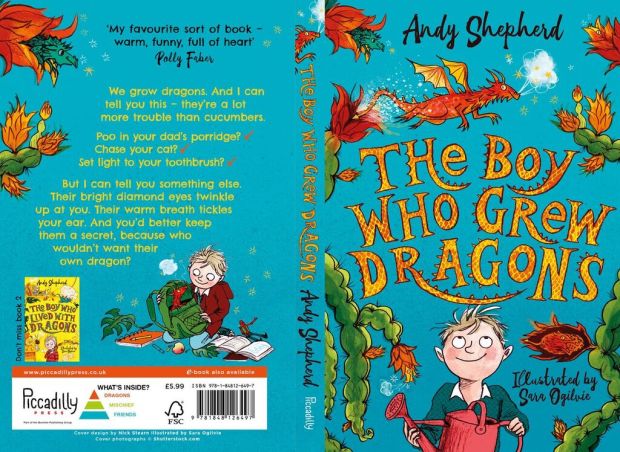
‘Sure to fire up the imagination and a love of reading, this is only the very beginning to a series that’s going to be a roaring success!
A debut of dragon delight… guaranteed to make children (and adults!) everywhere wish for their own dragon after reading this.’
Rating: ⭐ ⭐ ⭐ ⭐ ⭐
Title: The Boy Who Grew Dragons
Author: Andy Shepherd (@andyjshepherd)
Illustrator: Sara Oglivie (Website)
Publisher: Piccadilly Press (@PiccadillyPress)
Page count: 224
Date of publication: 14th June 2018
Series status: First in a series of three!
ISBN: 978-1848126497
Perfect for Year 2, Year 3 & Year 4.
#3Words3Emojis:
1. Dragons 🐲
2. Wonder ✨
3. Relationships 👨👩👧👦
We grow dragons, And I can tell you this – they’re a lot more trouble than cucumbers.
Poo in your dad’s porridge? ✔️
Chase your cat? ✔️
Set light to your toothbrush? ✔️
But I can tell you something else. Their bright diamond eyes twinkle up at you. Their warm breath tickles your ear. And you’d better keep them a secret, because who wouldn’t want their own dragon.
The first line(s):
When people ask me what we grow in Grandad’s garden, I think they expect the answer to be cucumbers, tomatoes and runner beans. I don’t think they expect the answer to be dragons.
Review: Being from Wales, dragons are an important part of our culture – rooted in our myths and legends to appearing on our national flag – and so from the start, I felt some kind of connection to this book. Identifying with this book is not something that only I will be able to do easily as it’s also something that many readers will immediately feel when reading this too, whether that be through the familiar characters, the everyday settings of home, school and the garden or through the sense of awe, amazement and magic in the dragon-discovery to come…
After Tomas discovers a strange-looking tree at the bottom of his Grandad’s garden and decides to take one of its funny-looking fruits home with him, he doesn’t think much of it… until he keeps it in his bedroom and notices it start to move! Here, Tomas makes more than a discovery. Hatching from the aptly-named fruit, Tomas sees Flicker: his own real-life dragon. Trying his best to keep Flicker under wraps from his family, Tomas soon learns that life looking after Flicker is not only fun, but also quite unpredictable to say the very least!
How will Tomas explain:
1) his burnt toothbrush?
2) the chaos and carnage left behind in his bedroom?
and if you think that’s bad, worst of all…
3) the exploding dragon poo stinking up the place?
Andy brings a natural warmth and wonder to the book with her most imaginative of dragon-descriptions, especially when Tomas is – and we as readers are – introduced to Flicker, that are complemented by not only the very visually-appealing and richly-expressive vocabulary that Andy creatively uses but also within Sara’s distinctive and lively illustrations to match.
Here’s a short sample to exemplify when Tomas sees Flicker for the first time:
Things I noticed close up:
Glittery wings
Scales that rippled through every shade of red
Eyes like diamonds
Hot smoky breath
Sharp claws (three at the front, one at the back of each foot)
Arrowhead tail (which he didn’t seem to be able to control very well…)
Two little horns – one longer than the other.
It is through these features that I know that this book will be a catalyst for reading for young readers, because this tail(!) is sure to fire up the imagination and a love for reading as it will claw its way not only in to the minds of its readers but also in to their hearts. Even though it is thoroughly entertaining, I particularly like that it also shows a softer, warmer, friendlier side to dragons which is slightly different to what sometimes is typified in many other stories that children read or films that they may watch of dragons being beasts and monsters to fear and flee from.
As I briefly mentioned earlier, the relationship-building between characters such as Tomas and his grandfather is one to savour and this will resonate among many younger (and older!) readers reminding them of the positive relationships, for some whilst growing up, between themselves and their own grandparents or close relatives.
For me, a sign of a good book is that I read it in a couple of days. A sign of a really good book is that I will read it in a day. So I’ll leave it up to you for you to make your own mind up with how I feel about this one, when I need only say that I read it cover-to-cover in an hour.
Therefore, I’m so pleased to say that Andy Shepherd’s dragon-debut is an absolute delight and is just the very start to a series that I’m sure is going to be a roaring success. It’s a series that – pardon the pun – I just want to drag-on and on and on! Luckily for you, I and everyone else that enjoys it, it does. Perfect to read aloud to a child, a class of children or for them to read themselves, I know I’ll no doubt be recommending this to all (in particular to those that I teach) because it’s easily one of my favourites of the year so far.
Next time that I look at a dragonfruit, I hope that I won’t be left feeling disappointed as I can’t help but expect my very own Flicker to start hatching. After reading this, children (and adults!) everywhere will be wishing for their own dragons.
‘Sure to fire up the imagination and a love of reading, this is only the very beginning to a series that’s going to be a roaring success. A debut of dragon delight… guaranteed to make children (and adults!) everywhere wish for their own dragon after reading this.’
Huge thanks to Andy, Tina, Fliss and all at Piccadilly Press for sending me an advance copy of this delightfully written book! Extra thanks to Andy for taking the time to answer my questions!
Excited for The Boy Who Lived With Dragons and The Boy Who Flew Dragons!
Mr E
🐲📚🐉

First in the series, The Boy Who Lived with Dragons is available to order now online or from any good bookshop.
Second in the series, The Boy Who Lived with Dragons is also available to pre-order now online or from any good bookshop.
Author Q&A: Andy Shepherd (AS) with The Reader Teacher (TRT)
The Boy Who Grew Dragons (5)
TRT: At The Reader Teacher, for my reviews, I describe books in #3Words3Emojis. Which 3 adjectives and 3 corresponding emojis would you choose to best describe The Boy Who Grew Dragons?
AS: 1. Funny 😄 2. Heartfelt 💖 3. Dragontastic 🐉
TRT: What books, people, ideas and inspirations have helped you to write The Boy Who Grew Dragons?
AS: Definitely my sons. I nick so many ideas off them! I started writing this story after a particularly gutting rejection. I knew I needed to get back to writing just for the fun of it and forget about trying to get published. So I decided to write the story of our dragon, just for my sons. Every day I would write a chapter and then read it to them after school, sitting in the garden. The more I wrote the more invested we all became in it. So much so that one day my youngest son came home to find I hadn’t written anything – it had been a thinking day I told him. He gave me a very hard stare and said: ‘Well, OK, but just make sure that tomorrow is a writing day.’ I couldn’t have left this book unfinished even if I’d wanted to!
My husband and sons have been my greatest cheerleaders and the books wouldn’t be here without them.
Beyond my family, a lot of the stories I loved as a child were rooted in the real world but with a magical element, and that has probably influenced what I write myself. Books like Stig of the Dump, Mrs Pepperpot, Charlie and the Chocolate Factory and Flat Stanley.
Plus I have always wanted a dragon!
TRT: If you could grow a dragon, what would it look like? What would it be like to live with? What special features would it have?
AS: Well, I do have a dragon and his name is Glint.
He has blue scales down his back and then darker blue on his belly. And his head is even more colourful with the blues turning purple and finally red on his snout. He has a little spike on his snout and more down his back and two quite long horns. He has these deep amber eyes. Like Flicker he’s full of ideas. He lets out electric blue sparks, like little fireworks that light up my imagination. He can also get really small and curl round my ear and his warm breath carries ideas and pictures into my dreams. So he’s very handy when I get stuck on a story! He has a slightly tricky condition, which means as well as getting small he can, unexpectedly, get very big. This can make things a bit awkward sometimes, because I don’t always know when it’s going to happen. But it’s generally best to expect the unexpected when you grow a dragon.
TRT: What is your favourite dragon that exists only in literature?
AS: I think it would have to be the poetry-loving dragon from Kenneth Grahame’s The Reluctant Dragon.
TRT: If you were to choose the character that is most like you from The Boy Who Grew Dragons, who would it be and why?
AS: Probably Tomas because he has a pretty over-active imagination – but also because he is open to the wonder of the world and notices the little things – like a moldy looking fruit that someone else might have thrown away! I like to try and find a little bit of magic in the ordinary mundane things.
Reading and Writing (4)
TRT: What first attracted you to writing? Did you enjoy writing at school?
AS: I think it was that feeling of having created something that didn’t exist before. That’s a pretty magical and empowering feeling. Also that what I had created was just mine, a secret – when I was younger I very rarely showed my writing to anyone. So it was a safe place I could invent, experiment, be brave, tell the truth, make stuff up and be wildly unlike myself all at once.
When I was in primary school I didn’t really enjoy writing, but that may have had a lot to do with being told I wasn’t very good at it! And the fact that the writing we did always had to rhyme. It wasn’t until I got to secondary school I discovered it really didn’t. I also had a wonderful English teacher who encouraged me to write ALL the time.
TRT: Which parts of writing do you find energise you and which parts do you find exhaust you?
AS: When I’m in the flow I feel like I’m electrically charged and can’t get the words out fast enough. I might be trying to have some down time and the story keeps rushing to get out. At this point I write in any snatched moments, although those moments tend to run away with me so I end up burning a lot of dinners – or just forgetting to cook parts of the meal!
When the euphoria passes though I can feel shattered. This is when the fatigue hits as I realise I haven’t been looking after myself properly.
About two thirds of the way through a first draft I often flag. By then I tend to know the story and where I want to take it. There are less surprises. To keep writing can feel exhausting. But as I plough on I usually get a second wind. And then it’s a mad race to the finish.
I guess my writing process is a bit boom and bust! Generally writing energises me because even when I’m not in the mood, if I stick with it and ideas come that’s almost more pleasurable than the bolt out of the blue.
TRT: When you were a child, can you remember contacting any authors or them ever visiting your school and if so, did this inspire you?
AS: The only time we ever had an author visit was when I was about fourteen and my English teacher arranged for Roger McGough to come to our school. For me this was the equivalent of meeting Simon Le Bon or George Michael. He was cool. McGough, Brian Patten and Adrian Henri – those Mersey boys. They broke rules and played with words in a wicked way. To meet him – and have my English teacher introduce me afterwards (and tell him I wrote too) – was pretty amazing.
The other thing that stood out for me was when I wrote to my absolute hero, Douglas Adams. I had started writing what would probably now be called fan fiction. I loved The Hitch Hiker’s Guide to the Galaxy so much, but I felt bad that my book was basically trying to copy it – very very badly. So I wrote to him to ask if he would mind! I had the loveliest letter back from him and he made me feel like a proper writer – he also told me the title to his next book before it had even been finished. I still have that letter.
TRT: Currently, we seem to be living in a golden age of books, especially that of children’s literature. What are some of the interesting things or things you like that you’re seeing in other children’s books today?
AS: I think there is a lot more focus on upturning gender stereotypes. Not simply opting for so-called ‘feisty’ girls – but genuinely creating characters, both male and female, who leap off the page as relatable and above all interesting. Most recently, I think Vashti Hardy does this brilliantly in Brightstorm.
There are so many books with characters I wish I had had access to as a child – Moll in The Dreamsnatcher, Lyra in Northern Lights, Mina in Skellig. Having those books would have made a huge difference to me – I generally got frustrated with the girls in the books I read and only felt I recognised myself in the daring adventures of the boys.
It’s been wonderful too for my sons to read books with girls as the main characters. But then we have also loved seeing books like Cogheart, with the quieter and more sensitive Robert.
The Boy Who Grew Dragons and Teaching (3)
TRT: Could you suggest ways that your book could be used in the classroom for the many teachers that will read this?
I have to admit that having trained as a teacher I can see so many ways of using the books in class – dragons do make a fab topic! As well as all the opportunities for creative writing that could come from the books, there are some great things you could do with Art &DT, like making junk model dragons or clay pottery dragon eyes, or designing and making a class dragon fruit tree and decorating it with individual dragons. There could also be links to geography, finding out more about the amazing dragon-fruit tree, which originally comes from Mexico, but is now grown in many places around the world. Plus it could be tied into a topic about how things grow. It is  rather magical – with its vivid tendrils and huge white flowers that only bloom for one night! And then there are the s’mores that Tomas and his friends make in the later books – I have to admit to doing a bit of research here myself, customising and making up recipes for these. (And testing them out of course!)
rather magical – with its vivid tendrils and huge white flowers that only bloom for one night! And then there are the s’mores that Tomas and his friends make in the later books – I have to admit to doing a bit of research here myself, customising and making up recipes for these. (And testing them out of course!)
I’ve been putting together some teaching resources, which people can download from my site. But there are lots more things I can see myself adding as time goes on. And if anyone does use the books in class I’d love to hear what they do – or see some pictures : )
TRT: If you were to ‘pitch’ The Boy Who Grew Dragons in a sentence or two for teachers to use it in their classrooms or for parents to choose to read it at home, how would you sum it up?
Can I cheat and use a few quotes from other people?
‘My favourite sort of book – warm, funny, full of heart.’ Polly Faber
‘The Boy Who Grew Dragons with adorable illustrations by Sara Ogilvie is utterly charming, warm and funny and is sure to enrapture children.’ Lorraine Gregory.
I hope that beyond the obvious – come on, dragons just are awesome – there are also messages in the books about friendship and family and seeing the good in people and even living mindfully, keeping our eyes open to the magic around us, all of which I hope will offer some talking points.
TRT: For those teachers reading this Q&A and would like to enquire about arranging the opportunity of a school visit from yourself, how would it be best to contact you regarding this?
AS: If people could go to my site and get in touch via the contacts page that would be great. I would love to visits schools more but, unfortunately, it is difficult for me to travel long distance. I know author visits can also be too costly for many schools. So, I am very happy to offer Skype visits as a more logistically and financially friendly way of connecting with more teachers and classes.
Two more before you go (2)!
TRT: What has an interviewer or blogger never asked you before, that you always wished you could answer?
AS: Do you have a favourite quotation from a children’s book that you wish you had written?
Yes lots, but there is one that I came across recently which is probably of one my favourites now. Because it captures what I was trying to do in the books.
Right at the end of the third book I finally managed to articulate what these books were about for me – it was one of those lovely moments in writing when you realise what the heart of it all is.
A few months later I stumbled across this quotation:
‘And above all, watch with glittering eyes the whole world around you, because the greatest secrets are always hidden in the most unlikely of places. Those who don’t believe in magic will never find it.’ Roald Dahl The Minpins
After the inevitable feeling of annoyance when you realise that someone got there first and did it better – I quickly fell in love with it.
Besides I quite like that I got there in my own way – writing is always a personal journey. And just because the stories you tell have been told a thousand times before, and the ideas live in the world beyond you, it doesn’t mean you can’t hope your story will find its own place and add something.
TRT: Finally, can you share with our readers something about yourself that they might be surprised to learn?
AS: I like swimming in mud and I’m really good at picking things up with my toes.
One last one…(1)!
TRT: Do you have a question you would like to ask the readers of The Reader Teacher?
AS: If you could grow a dragon, what would your dragon be like?

Andy Shepherd is a children’s writer working on middle-grade fiction and picture books. She lives near Cambridge with her husband, two sons and their border collie.
The Boy Who Grew Dragons is her debut novel published by Piccadilly Press. There are two more eagerly-awaited stories to follow in this series, The Boy Who Lived With Dragons (published in September 2018) and The Boy Who Flew With Dragons (published in January 2019).
You can find out more about Andy by visiting her website or follow her on Twitter @andyjshepherd.



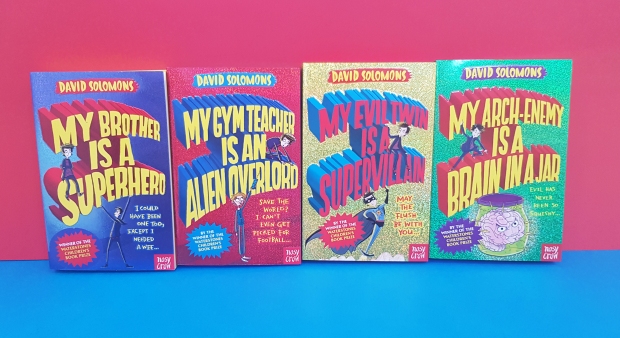
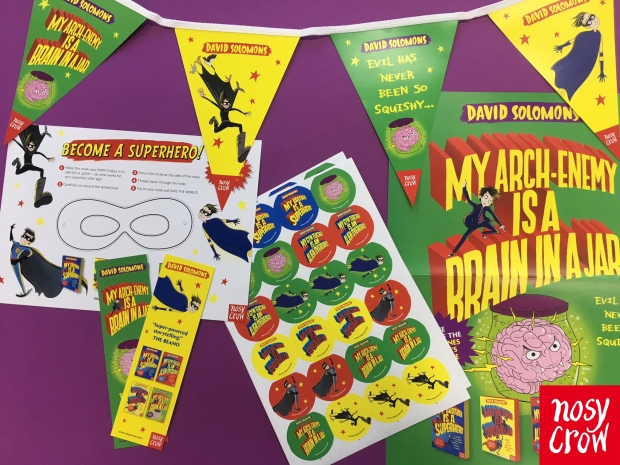


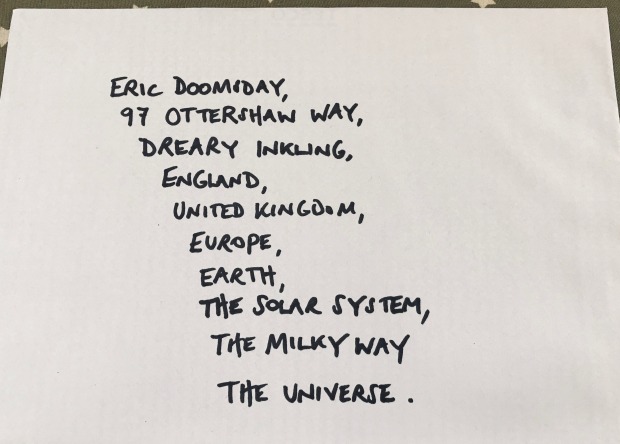











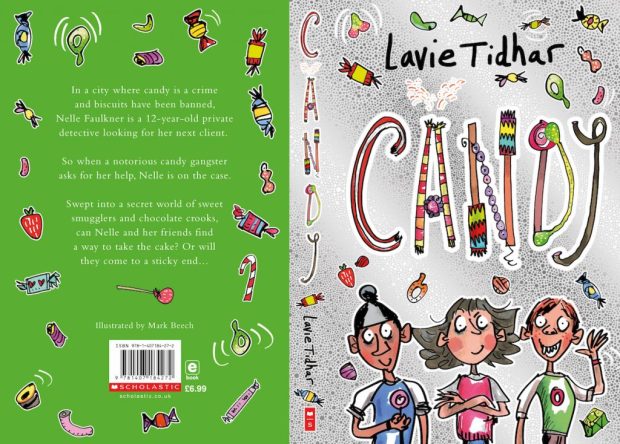

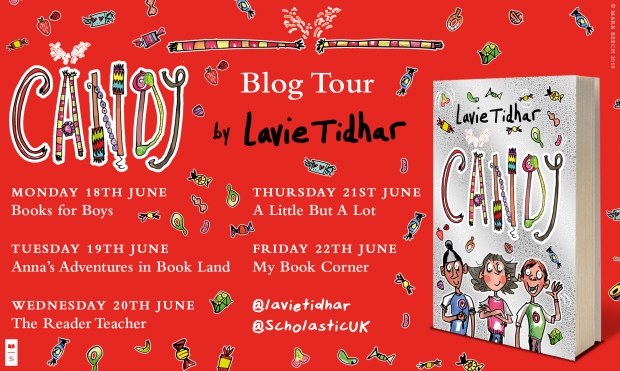


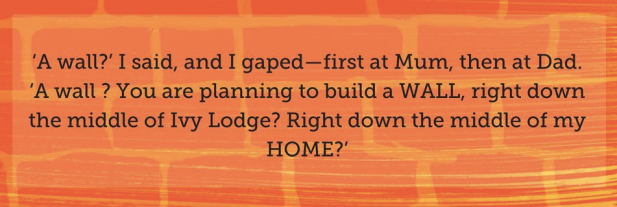
 Review:
Review:


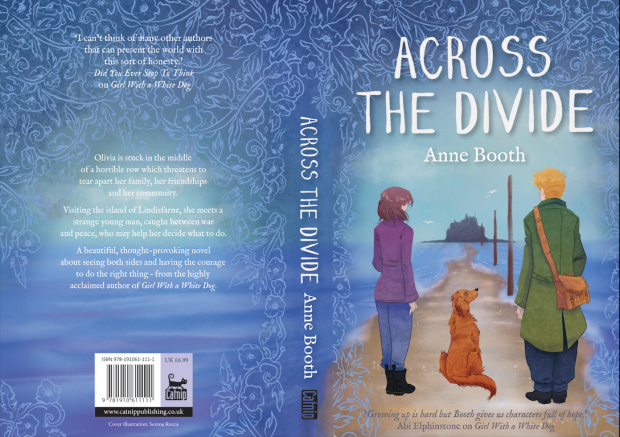


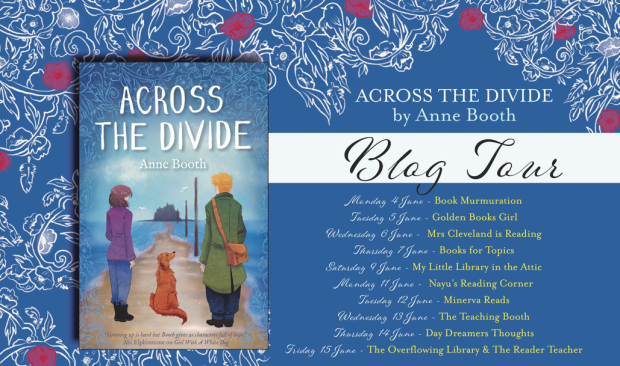











 Empathy Day was founded in 2017 by EmpathyLab. With hate crimes at their highest level since records began, it uses stories to help us understand each other better, and highlights empathy’s power in our divided world. (
Empathy Day was founded in 2017 by EmpathyLab. With hate crimes at their highest level since records began, it uses stories to help us understand each other better, and highlights empathy’s power in our divided world. (

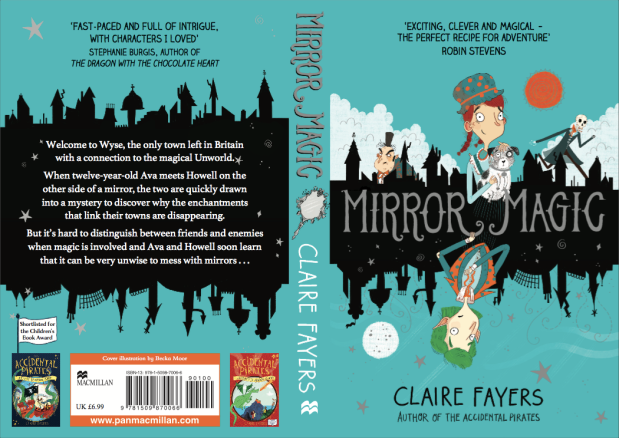




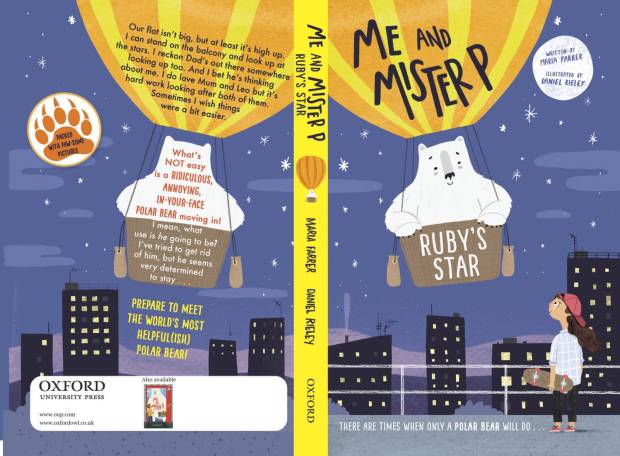

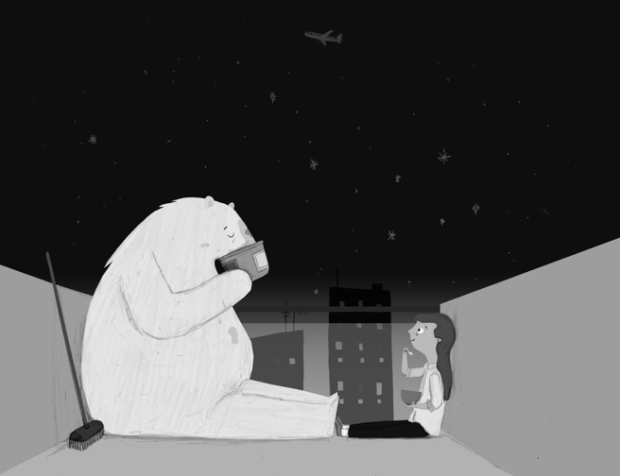 (Illustration by Daniel Rieley)
(Illustration by Daniel Rieley) (Illustration by Daniel Rieley)
(Illustration by Daniel Rieley)


